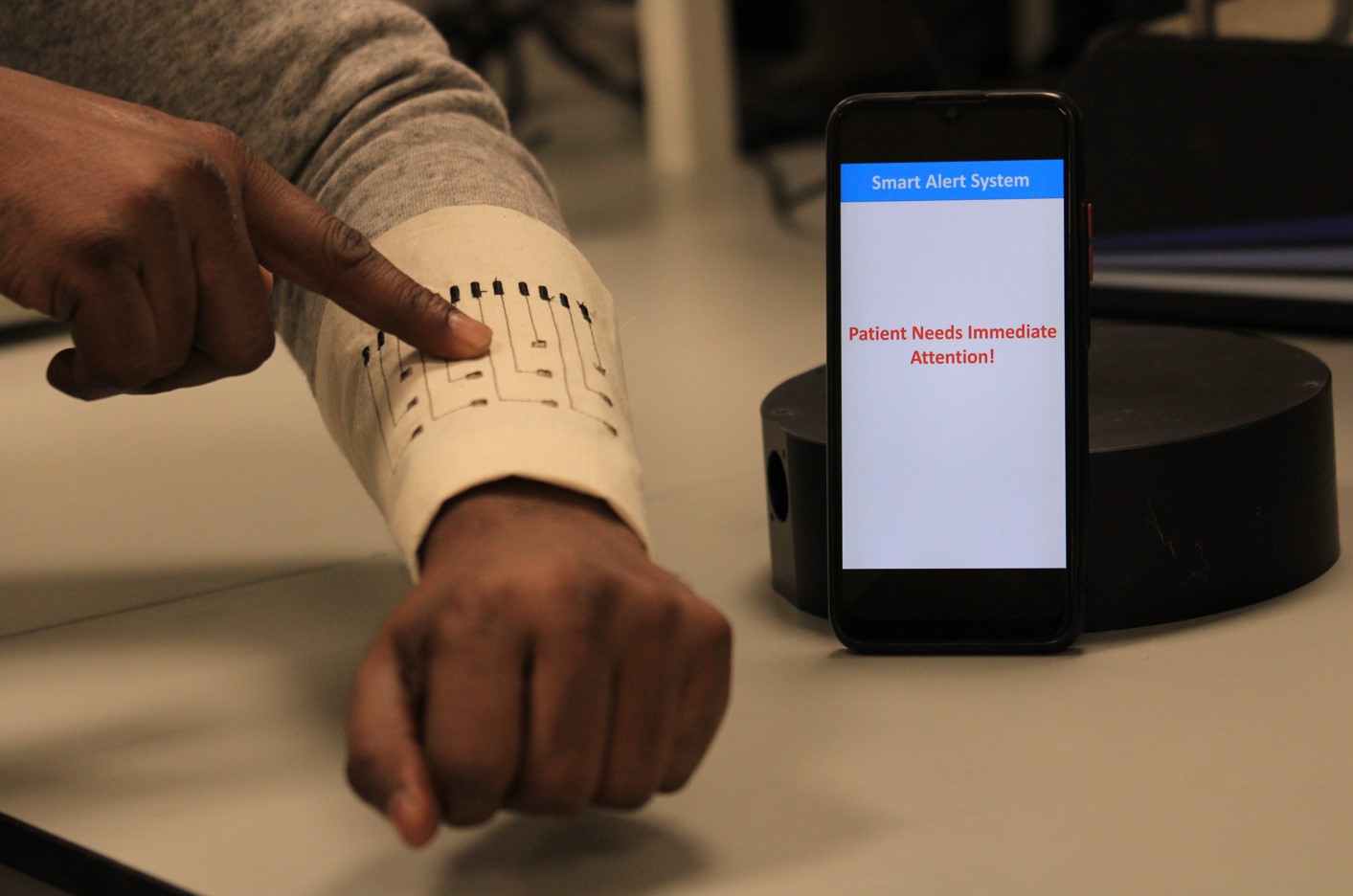
January 24, 2023, by brzam5
Rehabilitation Matters: Revolutionising rehabilitation around the globe
Rehabilitation Matters is a series of stories and perspectives from people who care about effective clinical rehabilitation and the benefits it provides. In this guest blog, Dr Ishara Dharmasena, Royal Academy of Engineering Research Fellow and Lecturer at Wolfson School, Loughborough University, explains how the National Rehabilitation Centre (NRC) could help to revolutionise rehabilitation around the world.
There is a lot of great work going on to develop new healthcare technologies. The National Rehabilitation Centre (NRC) and its Rehab Technologies Network+ is doing a fantastic job at bringing experts together to explore increasing the use of technology in rehabilitation to help get people back to fitness and function faster following serious injury or illness. One area I’m specifically interested in is telerehabilitation, which involves the remote delivery of rehabilitation services using telecommunication devices, such as smartphones and tablets.
Telerehabilitation
I have been fortunate to receive funding from the Royal Academy of Engineering to develop technologies to improve telerehabilitation. My current research project is focused on developing wearable smart textiles that can be used in the rehabilitation process. These textiles, called “Triboelectric Super-Smart Textiles”, are made of intelligent fibres that act as sensors to detect motion so we can measure and monitor different body movements. A unique feature of the technology is that the textiles themselves can produce the energy required for sensing by converting the kinetic energy from the wearer’s body movements into an electrical current. This is done by using very small textile power generators known as ‘Triboelectric Nanogenerators’ (TENGs) which work on static charges – similar charges that are responsible for lightening, or that make a balloon stick to a wall when rubbed against a jumper.
One application we’re looking at is generating motion data from a patient recovering from an injury so we can measure the range of movement of their limbs. The power we harvest from the triboelectric super-smart textiles can be used to capture this data and link to a mobile phone, which can be accessed by a doctor for analysis and diagnosis.
Improving rehabilitation outcomes
While there’s still work to do, I’m incredibly encouraged with our progress so far. In particular, I’m excited at the potential impact down the line that rolling out this technology could have on remote areas or developing countries where healthcare is less accessible or less affordable. There are parts of the world where there is only one rehabilitation professional to one million patients, so technology like this could be truly transformational.
As one of the lead academic partners for the NRC, alongside the University of Nottingham, Loughborough University has been heavily involved in its various programmes and networks, and the focus on innovation and technology solutions has been central to everything.
Smart textiles
At the end of our research project, we hope to have a range of fully-functioning smart textiles such as t-shirts and arm bands that can be worn like support bandages. A state-of-the-art facility like the NRC would be the perfect place to experiment these technologies with patients so we can improve and develop the technology further and hopefully be able to roll it out and use with generations for years to come.
I truly believe that technology like this can help to revolutionise rehabilitation and patient outcomes across the world, and I’m excited at the prospect of doing this in collaboration with the National Rehabilitation Centre.
Further information on my research project is available here and a video where I explain the technology is here.
Dr Ishara Dharmasena, Royal Academy of Engineering Research Fellow and Lecturer at Wolfson School – Loughborough University
No comments yet, fill out a comment to be the first

Leave a Reply